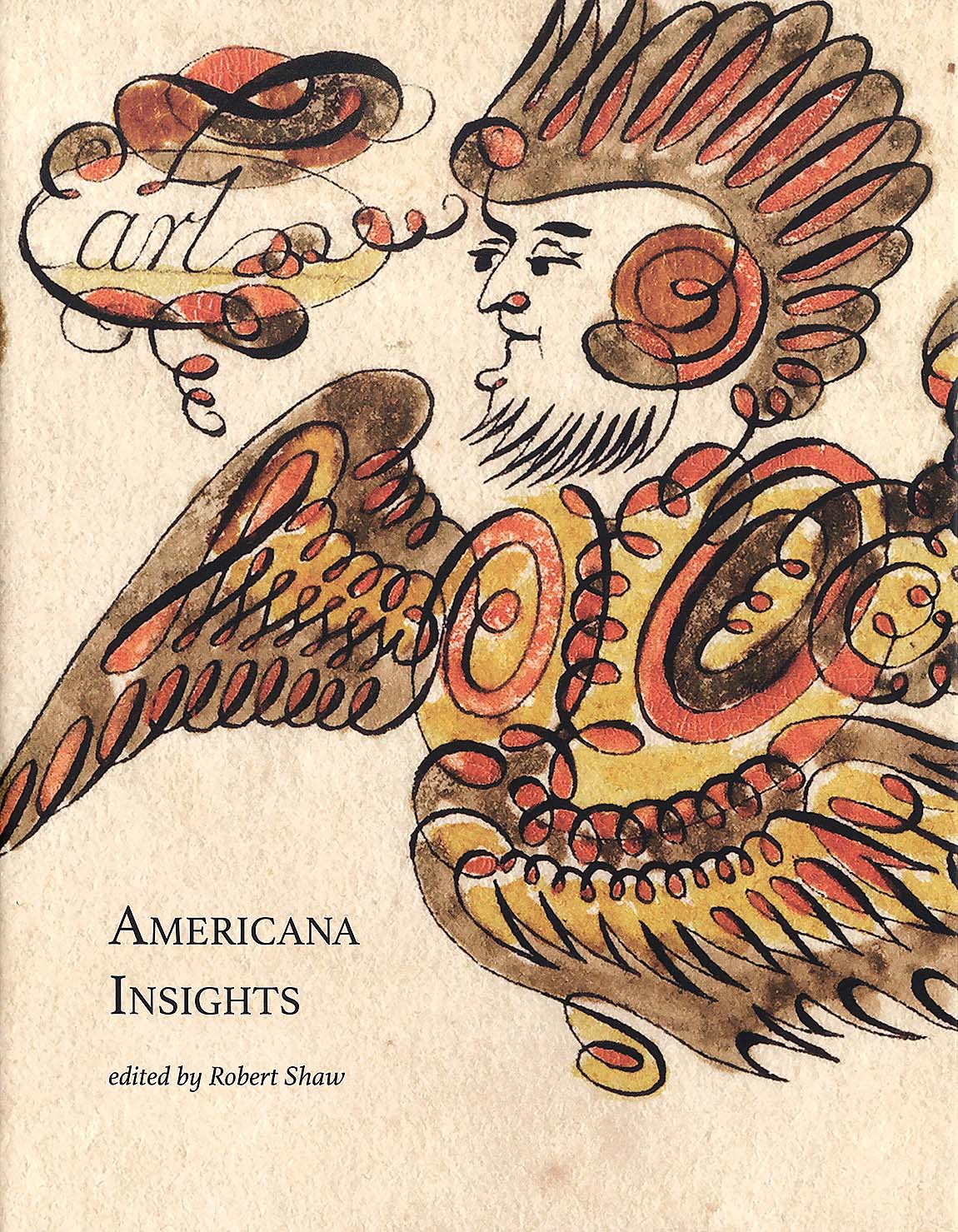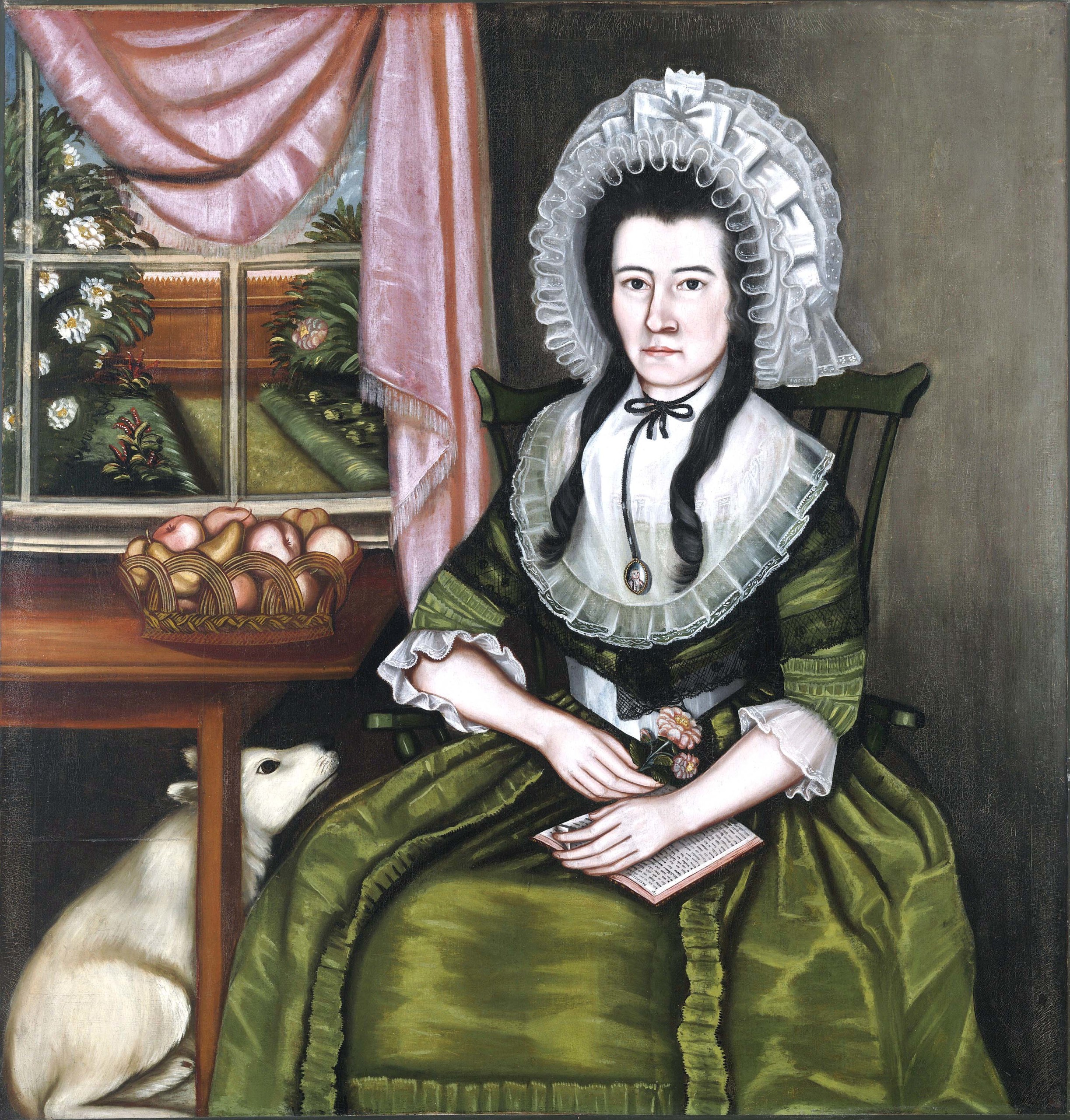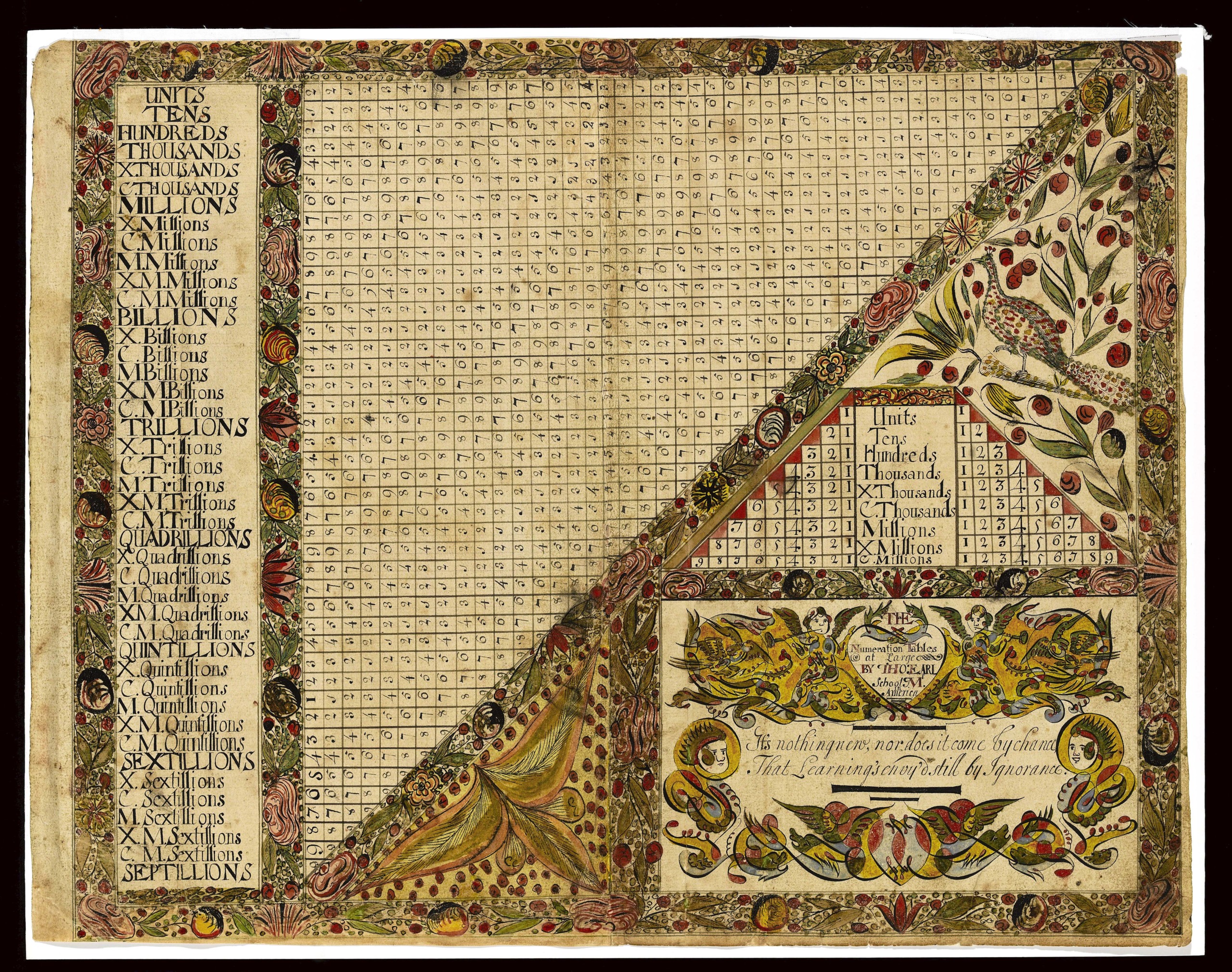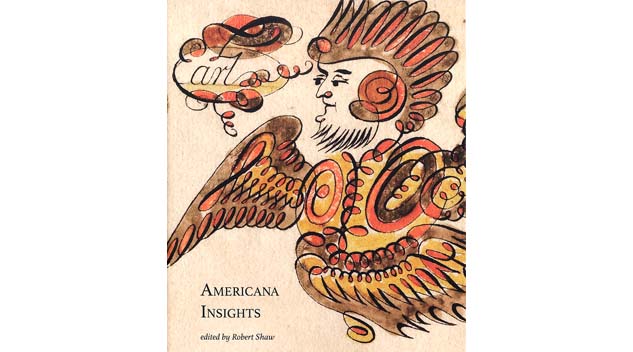#Book #Review #Americana #Insights #Antiques #Arts #Weekly

Review by Madelia Hickman Ring
Scholarship on American folk art and traditional Americana lacked a dedicated platform after the Fall of 2008, when the American Folk Art Museum’s Folk Art magazine (also titled The Clarion), concluded a run it had enjoyed since Winter 1971. A new journal — Americana Insights — has stepped into the void, providing an essential forum for the field. Through richly illustrated content in both essays and short-form, the mission of Americana Insights is “to inspire, extend and enhance appreciation and knowledge of traditional American folk art and Americana from the Colonial era to the early Twentieth Century.”
Initially launched in a digital format in January 2021, Americana Insights was co-founded by Americana collector Jane Katcher and David A. Schorsch, a leading authority and dealer of American antiques and folk art. Recently appointed editor Lisa Minardi assumed the proverbial red pen from founding editor Robert Shaw, an independent scholar, author and curator. She is supported by a new managing editor, Trevor Brandt. An advisory board of museum executives and curators rounds out the publication’s masthead.
The first printed annual volume, published by the University of Pennsylvania Press, is hot off the presses and features ten essays and two briefs on topics ranging from hooked rugs and quilts, Philadelphia cutwork pictures, New Hampshire painted dressing tables, jewelry in folk portraiture, an Orange County, N.Y., hotel sign, and deep dives into folk painters the Beardsley Limner, Rufus Porter and Thomas Earl. Scholarship is presented in a serious but approachable and reader-friendly format with lavish photos and copious footnotes.

“Elizabeth Davis Beardsley” by the Beardsley Limner, New Haven, Conn., circa 1789, oil on canvas, 45-5/16 by 43-3/16 inches. Yale University Art Gallery. Gift of Gwendolen Jones Giddings.
Henry Francis du Pont will be familiar with anyone with even the slightest interest in American decorative arts, not least for his Winterthur, Del., estate and the museum, library and garden there that have become his legacy. Less well known might be his Southampton, Long Island, N.Y., estate Chestertown House. The precursor to Winterthur boasted an extensive collection of hooked rugs, many of which are now at Winterthur. Subject matter expert and author Cynthia Fowler, PhD, welcomes Americana Insights readers with an exploration of Chestertown’s rug collection through the lens of du Pont’s color aesthetic and relying on archival photos of Chestertown’s interiors. Fowler’s explanation of the mania for collecting hooked rugs in the 1920s gives additional context and perspective.
An essay by Mark D. Mitchell follows, revisiting portraits of Dr Hezekiah Beardsley (1748-1790) and his wife Elizabeth Davis Beardsley (1749-1790) commissioned a few years before their deaths from an unidentified limner (active circa 1785-circa 1800) that were donated in 1952 to the Yale University Art Gallery, where Mitchell is the Holcombe T. Green curator of American paintings and sculptures. His essay investigates early scholarship to a group of 14 paintings gathered in 1972 for the Yale exhibition, “The Beardsley Limner and Some Contemporaries: Post-Revolutionary Portraiture in New England, 1785-1805,” as well as the methodology behind subsequent attributions to the artist.
Another itinerant artist and muralist, Rufus Porter (1792-1884) is the subject of both an essay and brief by Laura Fecych Sprague, senior consulting curator at the Bowdoin College Museum of Art and co-curator and co-editor of the museum’s 2019-2020 exhibition and eponymous catalog, “Rufus Porter’s Curious World: Art and Invention in America, 1815-1860.” Sprague’s essay investigates art and enterprise in Portland, Maine, while her brief, titled “Artist-Inventors and Itinerants in America” focuses on Porter’s contemporaries to give context to his interests and pursuits.

Dressing table, possibly by David Colby or Willard Harris, Croydon, N.H., circa 1835, painted white pine, maple and glass. Northeast Auctions photo.
The only essay focused on furniture is by Chipstone Foundation consulting researcher Richard Miller. His “Fancy Dressing Tables from Sullivan County, New Hampshire” article centers around 10 — the largest known group of affiliated examples — fancy painted dressing tables with stencil and faux grain decoration from Newport and Croydon, N.H. Miller draws connections between makers and owners, underscoring a tradition for a furniture form that is one of the most stylish and innovative from New England.
Independent scholar and researcher Deborah Child contributes four essays towards the volume. In her first, which was followed by an addendum, she persuasively argues that a group of 23 intricately rendered cutwork pictures be attributed to a convicted prisoner who would have had time to make them. Abraham Eldred (1794-1854) was a weaver, thief, forger and Philadelphia groggery owner who was imprisoned at Walnut Street Prison in Philadelphia for a seven-year stint for larceny. That was followed by time served at Eastern State Penitentiary and at the Maryland State Penitentiary in Baltimore. Child’s research connects the original owners — many of which were residents of Philadelphia in the 1820s-30s — with people who would have come into professional contact with prisoners, including wardens and inspectors.
Child’s other three features take an intense and immersive look at two surviving ciphering or copybooks by the Eighteenth Century schoolmaster Thomas Earl, who was initially believed to have been born in Rhode Island in 1704 and died in New Jersey in 1751. After a thorough discussion of extant documentation and surviving works, Child contests the schoolmaster was in fact born in England in 1711 and who came the United States in 1731 as an indentured servant.

“Numeration Tables” by Thomas Earl from his 1740-41 copybook, ink and watercolor on paper, 12 by 16 inches. Private collection. Gavin Ashworth photo.
In “Jewelry in American Folk Portraits,” Schorsch’s business partner, Eileen M. Smiles, demonstrates how the jewelry depicted on sitters in American folk portraits reveals varying layers of social status, personal values and mourning customs in Nineteenth Century American society. Jewelers pattern books, Nineteenth Century jewelry and engraved literary sources provide detailed background to portraits by such noted artists as Ruth Henshaw Bascom, Ammi Phillips, William Matthew Prior and Asahel Powers.
In their first collaborative writing project, independent researchers and collectors Pamela and Brian Ehrlich thoroughly discuss a double-sided tavern sign, which was made by Stephen St John for the Canal Hotel in Port Jervis, N.Y., circa 1826. Not only do the Ehrlich’s discuss the larger tradition of American tavern signs but they put it into the context of the history, development and industry with the region of New York, New Jersey and Pennsylvania.
A final brief by Emilie Gevalt, curatorial chair for collections and curator of folk art at the American Folk Art Museum, presents scholarship on three varieties of signature quilts: Friendship, Album and Fundraising examples. All quilts share the requisite feature of having individual signed blocks that are worked into a larger design, often in a communal or group undertaking. Gevalt’s essay summarizes her work in an exhibition titled “‘Signature Styles’ Friendship, Album and Fundraising Quilts,” which was on view January-December 2020 at the museum’s Self-Taught Genius Gallery in Long Island City, Queens, N.Y.
All of Americana Insights’ previously published articles are accessible through the journal’s website, https://americanainsights.org/essays/. To order your copy of the first hardcover copy of this indispensable publication, visit https://americanainsights.org/book-release-2023/ or https://www.pennpress.org/9798988533108/americana-insights-2023/. Copies of the book will be available for purchase at the Delaware Antiques Show, where Minardi will be speaking on the book. A Q&A with Minardi and Schorsch is also scheduled to take place during the show.
Americana Insights, edited by Robert Shaw, foreword by Jane Katcher, University of Pennsylvania Press, Philadelphia, October 2023, 288 pp, 250 color illustrations, $65.




